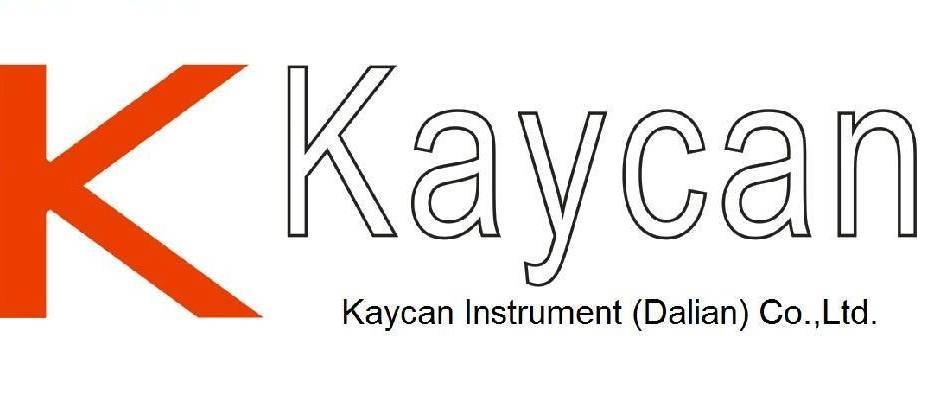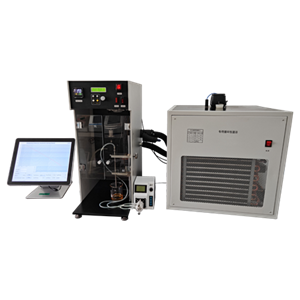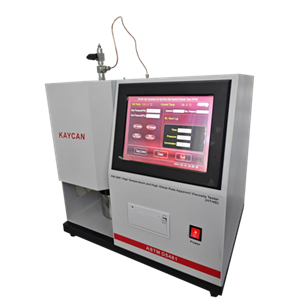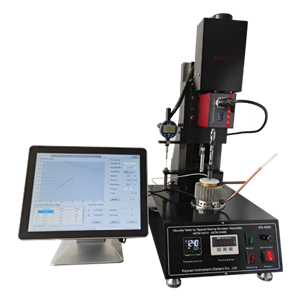WHAT IS A HFRR TEST?
Lubricity has always been an important factor in the quality of diesel fuels. Although more recent changes to fuel itself and tighter tolerances in modern engines, makes understanding a fuel’s lubricity more important now, than ever. To fully understand how to interpret a fuel’s lubricity, it is helpful to understand how the lubricity rating is achieved. There are many standard test methods to determine lubricity, however the most common and perhaps the most effective is the High Frequency Reciprocating Rig (HFRR) test using the ASTM D-6079 test method.
The HFRR test was developed over 20 years ago and has stood up to all of the changes made to fuels and engines since its development. Increased use of biofuel, reduction of sulphur and continuous changes within the mechanics of the engine have all relied on the HFRR test to accurately set the standards for lubricity, and has proven reliable time and time again. The test consists of submerging a contact point between a steel ball and a flat steel disc into a sample amount of fuel. Under a controlled environment, the temperature is set to approximately 140℉ and the ball is placed under a light load and moves back and forth at a set frequency for 75 minutes. During the test, friction levels and temperature are monitored. After 75 minutes, the wear scar is measured both parallel and perpendicular to the sliding direction and the average wear scar is recorded. The results are measured in μm (microns), and the standard limit in the US is 520μm, while in Europe and the Engine Manufacturers Association (EMA) standard is 460μm.




